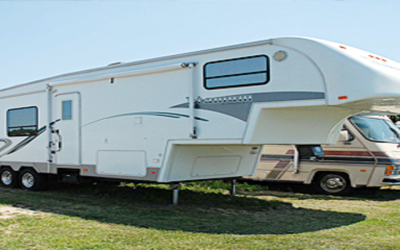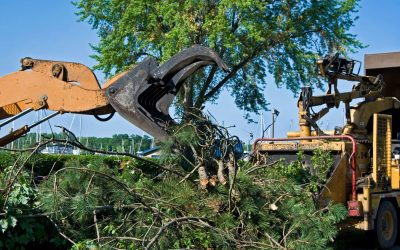Radon gas significantly increases the risk of lung cancer in smokers and non-smokers. The only way to keep your property safe from radon gas exposure is to:
Conduct a test
Not all homes or offices have high radon levels. Before you worry about the effects of radon on your health and the health of other people in the building or house, it would be prudent to have the property tested. Before you even think about having a radon gas mitigation system installed…
Home test kit or pro?
You can ask radon service providers to conduct the test in your office. However, if you’re trying to find out whether your home has high radon levels or not, you might want to try your hand with a home test kit.
Do repairs
Simple repairs to the property—sealing off any openings in your foundation or pipes—could result in lower radon gas levels. If radon content in your home or office is only slightly above 4 pCi/L (picocuries per liter of air), simple repairs and insulation assistance might do the job, according to House Logic. In addition, these simple repairs can improve the results of other radon reduction measures you plan to take.
Improve air circulation
Another way to prevent the buildup of radon gas is to improve air circulation in the property. You could achieve this by opening the vents in your exterior crawl space to improve air flow. This can effectively put a stop to radon gas from accumulating in the air.
Install a mitigation system
Putting in a radon gas mitigation system is one way to lower radon levels if yours is twice or even three times beyond the recommended safety levels. With a mitigation system, you can effectively lower radon levels to keep the threat of radon gas exposure at bay.


